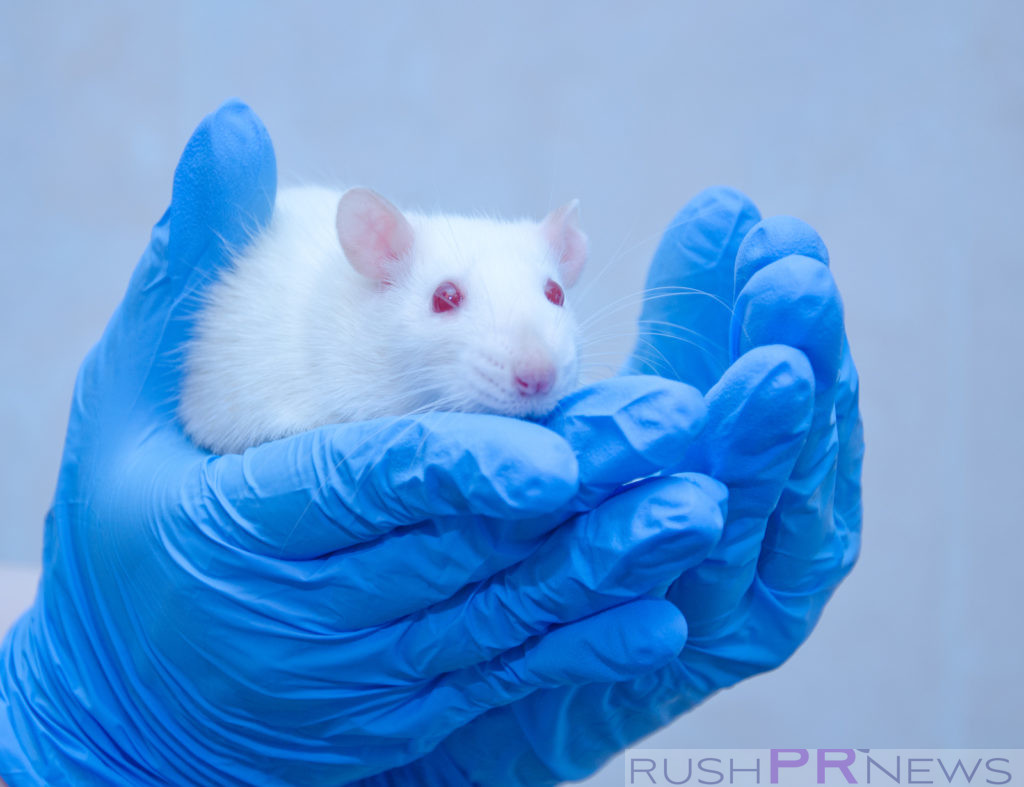Researchers have found that the use of anabolic androgenic steroids in rats can boost running speeds as well as size and strength. The study involved rats treated with injections of anabolic steroids such as Nandrolone Phenylpropinate(NPP). What they found was region specific changes in the way NGF is expressed resulting in a number of physiological and metabolic changes.
These changes are of a kind that would clearly be of a benefit not only to athletes, but also to individuals recovering from injury or illness.
The team tested one group of rats with an anabolic-androgenic steroid. A control group of rats was given injections of saline as a placebo, and a third group was given no injections. All three groups were fed, housed, and exercised in the same ways.
Leading researcher, Dr. Van Zyl Charl, writes, “Rats receiving the anabolic-androgenic steroid ran 41% longer during the test of submaximal running endurance compared to the trained rats receiving saline.”
That is a nearly 50% improvement in the performance of non-treated rats. In sport, improvements of that magnitude are unheard of for trained athletes. Of course, the rats used in the study had little to no athletic training comparable to that of human athletes prior to the experiment. It would be expected that a rat which was somehow pushing fitness limits for years on end of training would see small benefits. Likewise, human users who undergo a regular fitness routine would not develop the ability to run 41% faster in four weeks. Still, the results are likely to be noticeable.
After the four week trial period, the rates of improvement began to slow down. In the second month, the rats achieved rates of speed 21% greater on average than in the first month. There was no improvement in running speeds or in cardiovascular function after the third month of dosing and training.
Dr. Charl writes, “[…] rats that train spontaneously while being treated with an anabolic-androgenic steroid had increased submaximal running endurance compared with trained rats treated with saline, despite the similar voluntary training distance and skeletal muscle oxidative capacity between the two groups.”
The researchers have been unable to identify the mechanism by which these responses to treatment work. The research team believes that others working on similar projects might be able to answer that question. Further research by the group is being planned in the event collaboration does not answer remaining questions.



